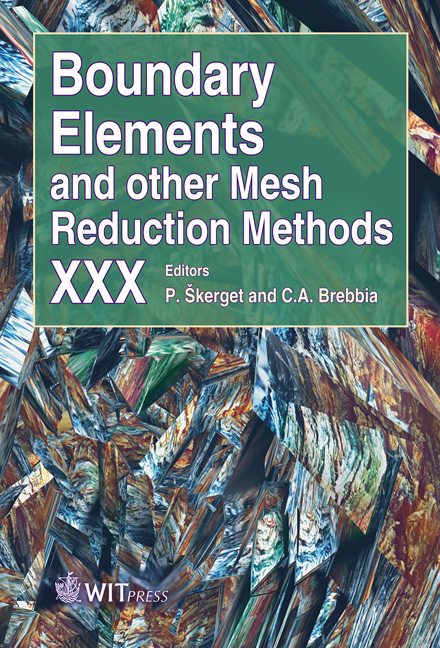Efficient Elasto-plastic Analysis Via An Adaptive Finite Element-boundary Element Coupling Method
Price
Free (open access)
Transaction
Volume
47
Pages
10
Published
2008
Size
334 kb
Paper DOI
10.2495/BE080231
Copyright
WIT Press
Author(s)
W. Elleithy & U. Langer
Abstract
This paper presents an adaptive FEM-BEM coupling method for elasto-plastic analysis. The proposed method is valid for both two- and three-dimensional applications. The method takes care of the evolution of the elastic and plastic regions and avoids some limitations of the standard FEM-BEM coupling approaches. It estimates the FEM and BEM sub-domains and automatically generates/adapts the FEM and BEM meshes/sub-domains, according to the state of computation. The method eliminates the cumbersome trial and error process in the identification of the FEM and BEM sub-domains in the standard FEMBEM coupling approaches. An example application confirms the effectiveness of the proposed method. Keywords: FEM, BEM, elasto-plasticity, adaptive coupling. 1 Introduction There exist many application contexts where coupling of the finite element method (FEM) and the boundary element method (BEM) is, in principle, very attractive. Examples include, but not limited to, elasto-plastic applications with limited spread of plastic deformations. The FEM is utilized where the plastic material behaviour is expected to develop. The remaining bounded/unbounded linear elastic regions are best approximated by the BEM. A crucial aspect of the existing (standard) FEM-BEM coupling approaches is that they require the user/analyst to predefine and manually localize the FEM and
Keywords
FEM, BEM, elasto-plasticity, adaptive coupling.





